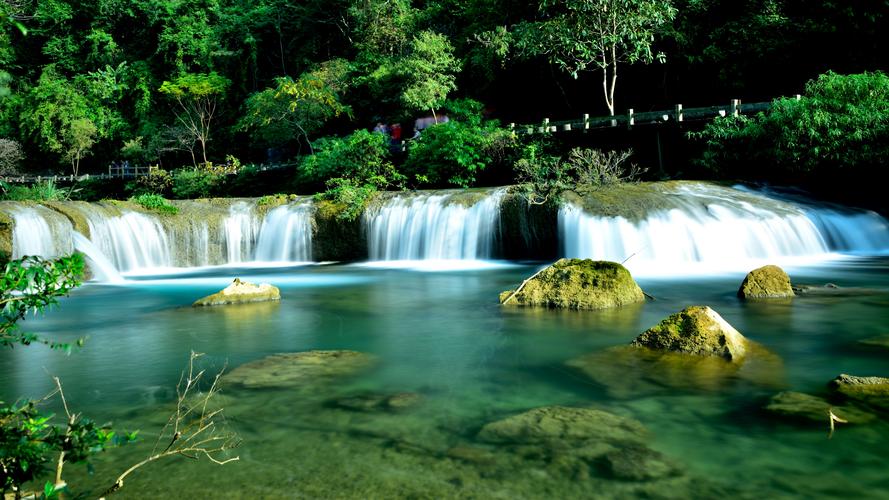Celebrating the Vibrant Traditions of Spanish Culture
Spain is one of the most fascinating countries in the world, with a rich history, cultural diversity, and breathtaking natural landscapes. The vibrant traditions of Spanish culture, such as flamenco dance, bullfighting, and siesta, have long captivated people’s imaginations and contributed to Spain’s allure as a tourist destination. Let’s take a closer look at some of the unique aspects of Spanish culture that make it so special.
Flamenco Dance
Flamenco dance, or baile flamenco, is a passionate and energetic art form that originated in Andalusia, southern Spain, in the 18th century. It involves rhythmic hand clapping, foot stamping, and twirling while accompanied by guitar music and singing. Flamenco dance is not only a form of entertainment but also a way for performers to express their emotions and convey the story that the music tells. Many famous flamenco dancers, such as Carmen Amaya and Antonio Gades, have contributed to the popularity of this unique Spanish cultural heritage.
Bullfighting
Bullfighting, or corrida de toros, is a controversial tradition that has deep roots in Spanish culture. It involves a matador, a bullfighter, facing off against a bull in an arena. The matador tries to impress the audience by performing various moves and ultimately killing the bull with a sword. While bullfighting is banned in some parts of Spain and other countries, it remains an integral part of Spanish cultural identity.
Siesta
Siesta, or the afternoon nap, is a daily ritual that most Spanish people practice. It is particularly popular during the summer when the heat can be intense. Siesta usually takes place between 2 pm and 5 pm, and shops, restaurants, and offices often close during this time. Siesta is not only an opportunity to recharge one’s batteries but also a chance to spend time with family and friends.
Gastronomy
Spanish gastronomy is diverse and rich, with many regional specialties and internationally renowned dishes. Some of the most famous Spanish dishes include paella, tapas, tortilla de patatas, and gazpacho. Spanish cuisine is also characterized by its exceptional quality ingredients, such as Iberian ham, olive oil, and wine. Spanish food and drink are fundamental to Spanish culture, and there are many local festivals dedicated to celebrating them.
Cultural Celebrations
Spain has many celebrations and festivals throughout the year, each reflecting the country’s diverse culture and traditions. Some of the most famous festivals include La Tomatina, a festival where participants throw tomatoes at each other, and Running of the Bulls, a festival where people run alongside the bulls in Pamplona. The Semana Santa, or Holy Week, is a significant religious festival celebrated in many regions of Spain, including Andalusia and Castilla y León. These festivals are not only a testament to the vibrancy of Spanish culture but also an opportunity for tourists to join in and experience traditional Spanish celebrations.
Conclusion
Spain is a country that offers an awe-inspiring combination of heritage, culture, food, and natural beauty. The traditions of Spanish culture, such as flamenco dance, bullfighting, and siesta, provide a window into the soul of Spain’s people. However, cultural traditions in Spain also signify the country’s history, diversity, and social identity. Celebrating these cultural traditions can help enhance your journey to Spain while promoting cultural understanding and respect.
(Note: Do you have knowledge or insights to share? Unlock new opportunities and expand your reach by joining our authors team. Click Registration to join us and share your expertise with our readers.)
